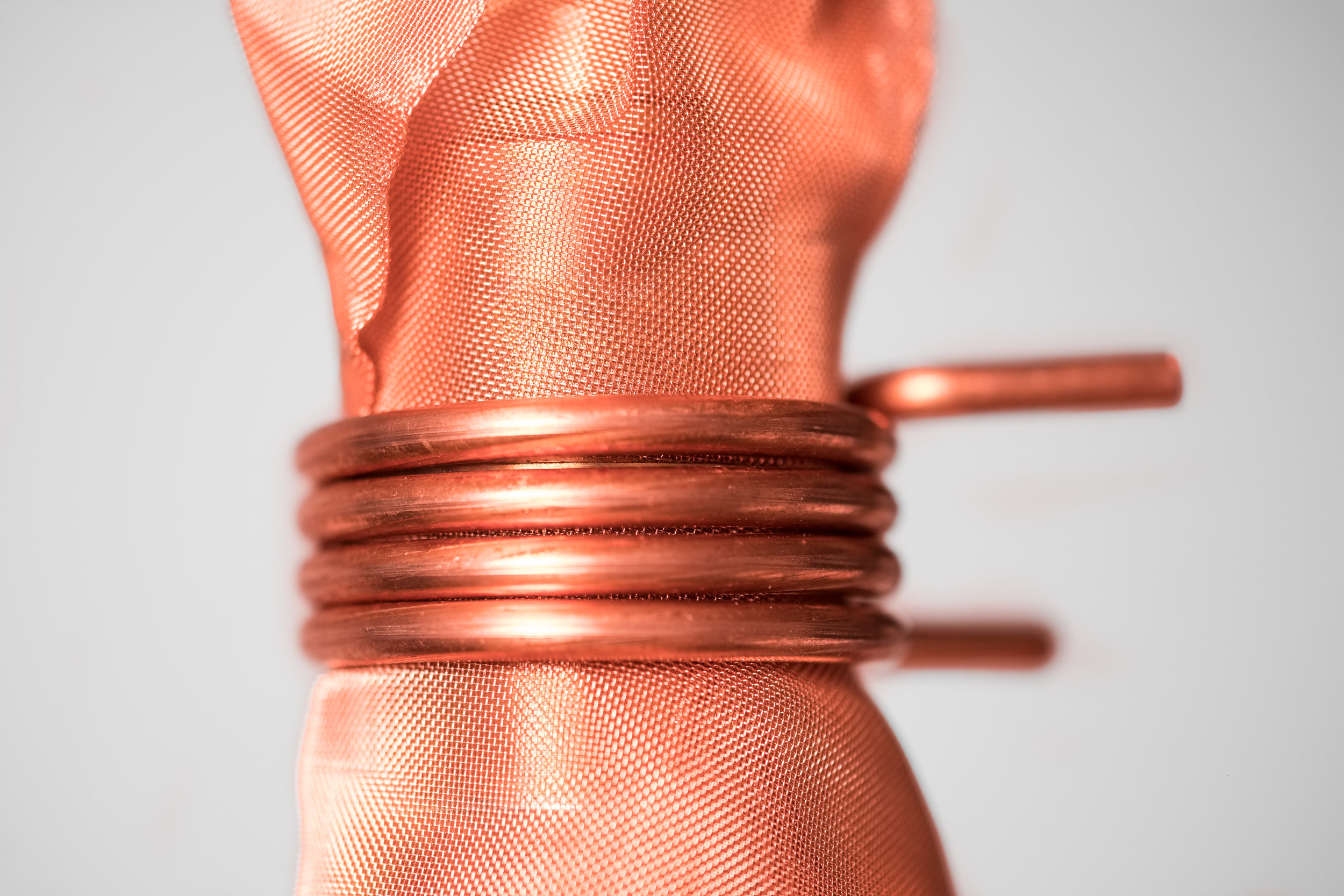The chance to see the stars properly is an event that is becoming a scarcer occurrence and reflected worldwide with the increase in urbanism as rural communities shrink.
On the second week of our trip to South America we flew to Patagonia, the southern mountainous region which straddles Argentina and Chile. During our time there we made the 5 day 100km W Trek in Torres Del Paine, a remote area of Patagonia roughly 2 hours from the nearest city making it a potentially perfect location for seeing the stars and some astrophotography.
We were blessed with 5 days of clear weather on the trip where snow, hail, gale force winds, rain and sun are often experience in the space of an hour. On the second night of the trip while camping at Paine Grande I got up at 2am to try and experience the stars. The experience did not disappoint and the campsite we stayed at was lit but an entire night sky of twinkling stars and the southern Milky-Way arcing over head.
I walked toward the lake which encircled our campsite to find a good vantage point to set up my manfrotto spider tripod. It was then a process of trial and error knowing roughly the settings I should be aiming for in order to get a crisp and well exposed astro shot. Below is the my favourite shot of the night taken on the Fujifilm XT-2 with the 16mm f1.4. This image is the out of camera JPEG. The lens is known for producing coma (fringing of light) so I look forward to taking the image into lightroom to tweak it and create a comparison in a later blog post.
The shot was taken with ISO 3200, f- stop 1.6 and a 20s exposure.









